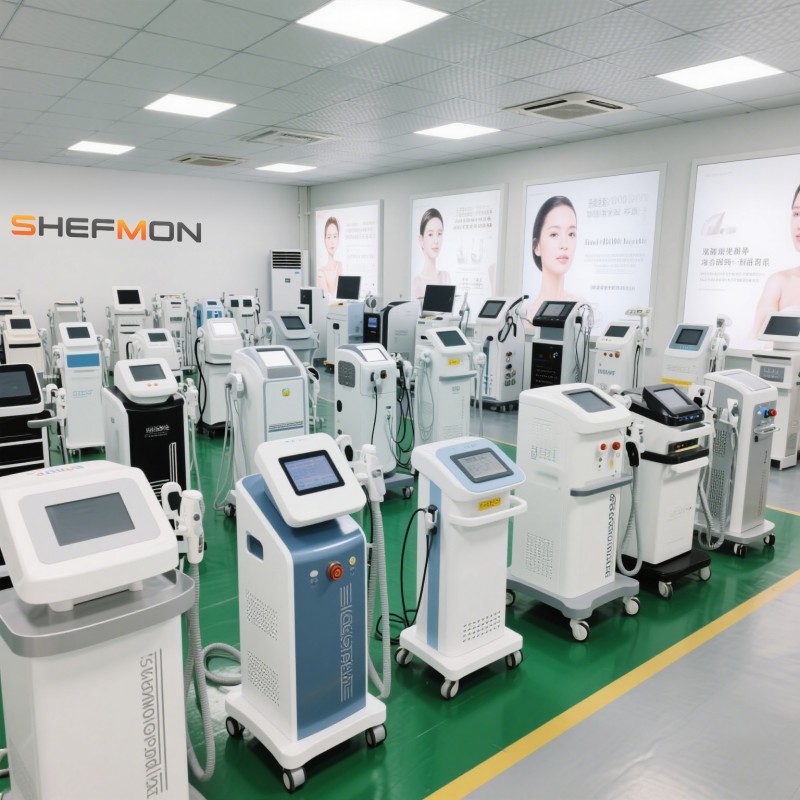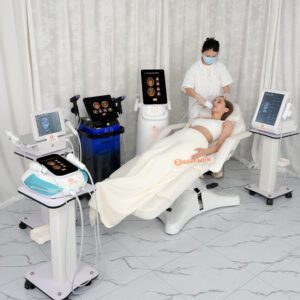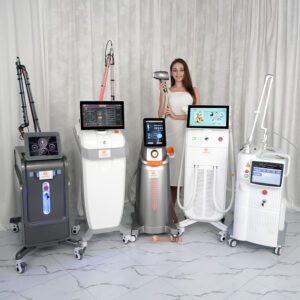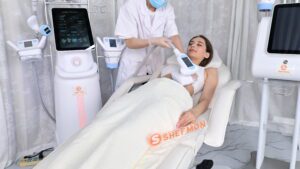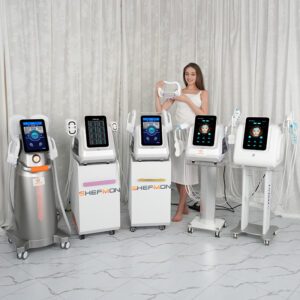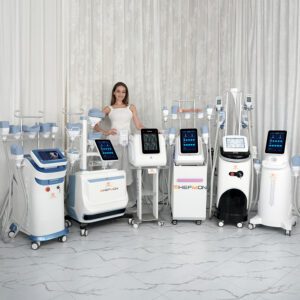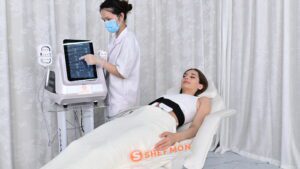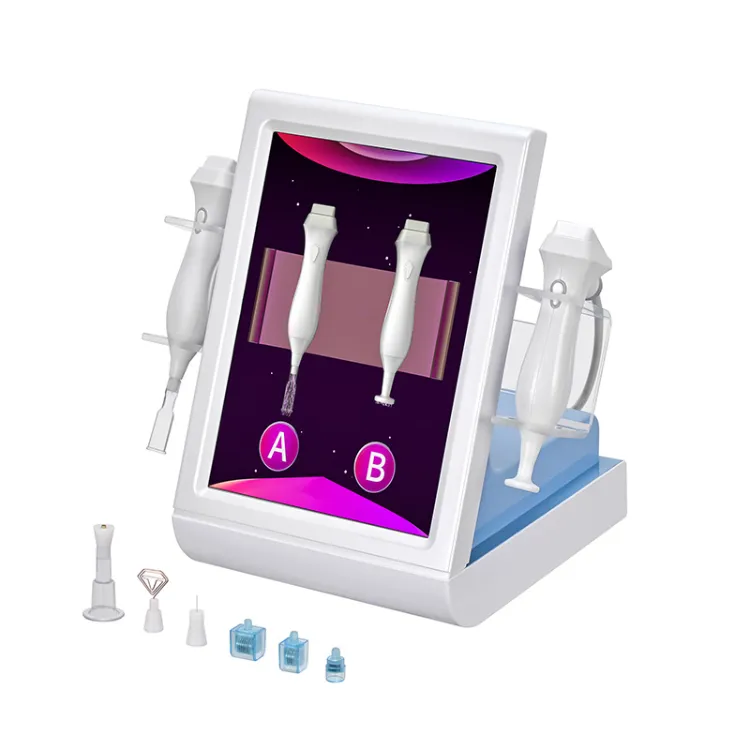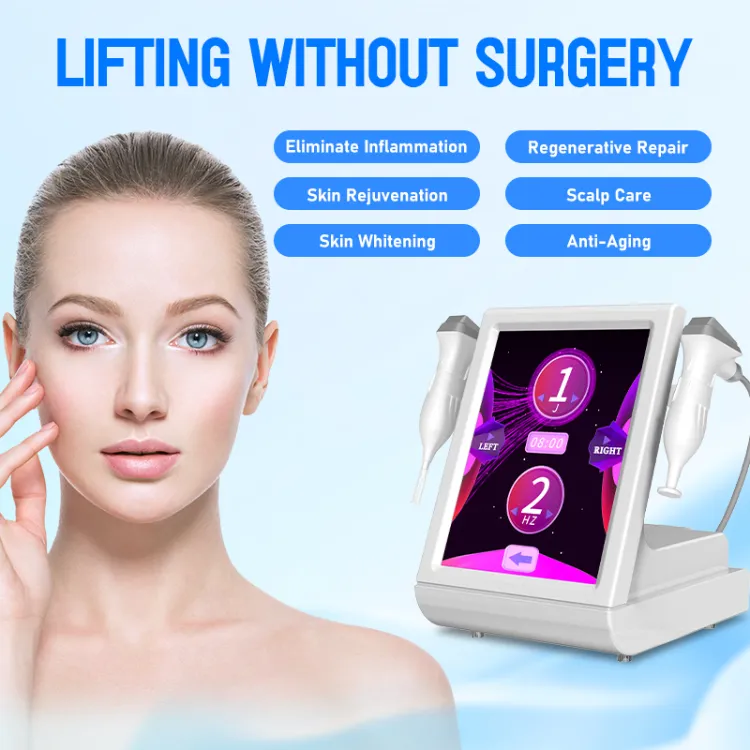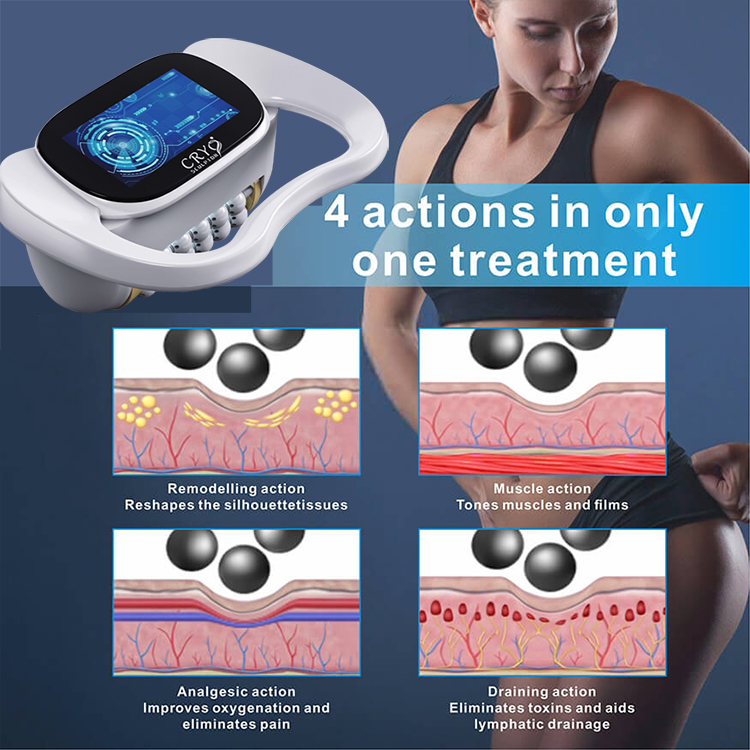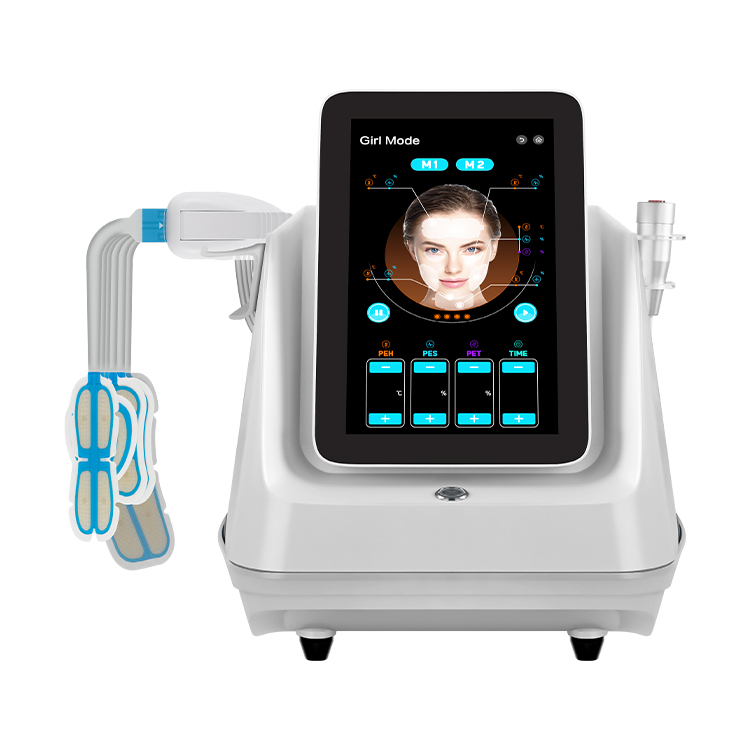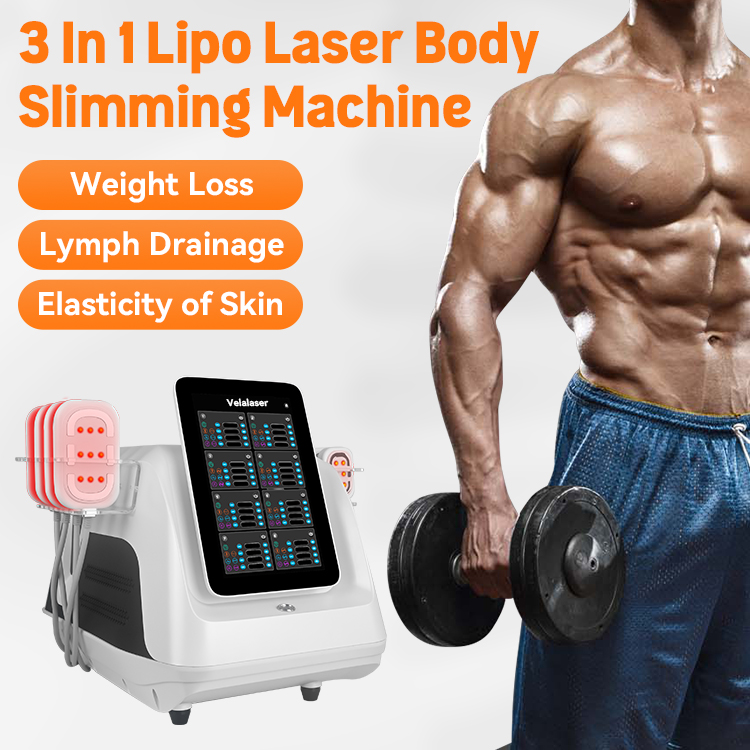Teilen Sie optimierte Lösungen, professionelles Ventilwissen und Branchenneuigkeiten
Geben Sie die relevanten Begriffe oder Schlüsselwörter ein, die Sie benötigen. Die entsprechenden Artikel werden in den Suchergebnissen angezeigt. Sollten Sie die gewünschte Antwort nicht finden, kontaktieren Sie uns gerne. Wir helfen Ihnen gerne weiter. Oder senden Sie direkt eine E-Mail an beauty@shefmon.com
Welche Geräte zur Behandlung von Harninkontinenz sind am wirksamsten?
Welche Geräte zur Behandlung von Harninkontinenz sind am wirksamsten?
Harninkontinenz verstehen
Urinary incontinence is the involuntary loss of bladder control—something that affects millions worldwide, especially women after childbirth or menopause. While it can feel embarrassing or isolating, the truth is that modern technology has made treatment easier, more private, and more effective than ever before.
Why Devices Are Revolutionizing Treatment
Traditionally, people relied on pads or medications, but those don’t fix the problem—they only manage symptoms. Today’s urinary incontinence treatment devices focus on restoring muscle strength and nerve function, targeting the root cause of leakage.
Arten der Harninkontinenz
Belastungsinkontinenz
Occurs when physical activities like coughing, laughing, or lifting cause leakage. This is usually due to weak pelvic floor muscles.
Dranginkontinenz
You feel a sudden, uncontrollable urge to urinate—often linked to nerve issues or overactive bladder.
Überlaufinkontinenz
Happens when the bladder doesn’t empty completely, leading to frequent dribbling.
Mischinkontinenz
A combination of stress and urge incontinence, requiring comprehensive treatment approaches.
Why Treatment Devices Matter
Urinary incontinence devices allow users to take control of their health without invasive surgery or long-term medication. They’re convenient, often used at home, and clinically proven to strengthen the pelvic floor muscles responsible for bladder control.
Overview of Urinary Incontinence Devices
Devices fall into two main categories:
Non-invasive devices: Pelvic floor trainers, EMS chairs, vaginal weights
Invasive devices: Pessaries, urethral inserts, and catheters
Each has its own benefits depending on the user’s condition and comfort level.
Pelvic Floor Muscle Trainers
These are small, handheld or insertable devices designed to guide and enhance Kegel exercises. Many use gentle electrical stimulation or resistance training to strengthen the pelvic muscles that control urination.
Popular options:
KegelSmart™ by Intimina
Elvie Trainer (smart app-connected device)
Electrical Stimulation Devices (EMS)
Electrical stimulation devices use mild pulses to contract pelvic floor muscles automatically, helping those who struggle to perform Kegels correctly.
Hauptvorteile:
Ideal for postpartum women
Suitable for elderly users with weak muscles
Enhances muscle tone and bladder control
Beispiel: SHEFMON EMS Beckenbodenstuhl
This professional-grade EMS chair uses electromagnetic energy to contract deep pelvic muscles effortlessly. A 30-minute session equals thousands of Kegel contractions, making it one of the most effective and comfortable options for urinary incontinence recovery.
Biofeedback-Geräte
Biofeedback training uses sensors to measure muscle activity, showing users how effectively they are engaging their pelvic muscles. It’s great for building awareness and improving training results over time.
Vaginal Cones and Weights
These small weighted devices help users practice Kegel exercises by holding them in place. The natural resistance helps the muscles strengthen faster and more effectively.
Tipp: Start with lighter weights and gradually increase as your strength improves.
Wearable EMS Pelvic Floor Chairs
Unlike traditional handheld devices, EMS chairs require no insertion or effort. Users simply sit on the device while electromagnetic waves stimulate and tone the muscles.
Empfohlenes Gerät:
SHEFMON Elektromagnetischer Stimulationsstuhl
Perfect for clinics or home users seeking non-invasive, high-efficiency pelvic rehabilitation.
Urethral Inserts and Pessaries
For moderate to severe cases, urethral inserts and pessaries offer internal support that prevents urine leakage during activity. They’re effective but usually prescribed by a doctor.
External Collection Devices for Men
Men often use condom catheters, which fit externally and connect to drainage bags. They offer a discreet, hygienic solution without surgery or internal devices.
Laser and Radiofrequency Treatments
Advanced clinics now offer laser or RF treatments to tighten the vaginal and pelvic tissues, improving support around the bladder. Results can last months to years with minimal discomfort.
Choosing the Right Device
When selecting a device, consider:
Type and severity of incontinence
Comfort and usability
Clinical proof and safety certifications
Whether it’s for home or professional use
Always consult a doctor before starting treatment, especially for chronic or mixed incontinence.
Tipps zur Maximierung der Ergebnisse
Stay consistent—daily use leads to faster improvement.
Combine with Kegel exercises or EMS therapy.
Maintain good posture and core strength.
Avoid caffeine and alcohol, which can irritate the bladder.
Keep all devices clean and stored properly.
Abschluss
Urinary incontinence doesn’t have to control your life. With today’s advanced treatment devices—from smart trainers to EMS pelvic chairs—you can rebuild muscle strength, restore confidence, and reclaim your freedom. Whether you choose a compact Kegel trainer or a professional EMS chair like SHEFMON’s, the right device can make all the difference in your journey toward better bladder health.
FAQs
1. What is the best device for urinary incontinence?
The best device depends on your condition. For non-invasive, powerful results, EMS pelvic floor chairs like those from SHEFMON are among the most effective.
2. Can I use these devices at home?
Yes! Many pelvic floor trainers and EMS devices are designed for home use with safe and simple controls.
3. How long does it take to see results?
Most users notice improvements within 3–6 weeks of consistent use.
4. Are EMS chairs safe?
Yes, electromagnetic stimulation technology is clinically proven and non-invasive, with minimal side effects.
5. Can men use these devices too?
Yes. While many devices are designed for women, there are specialized EMS chairs and external devices for men as well.
